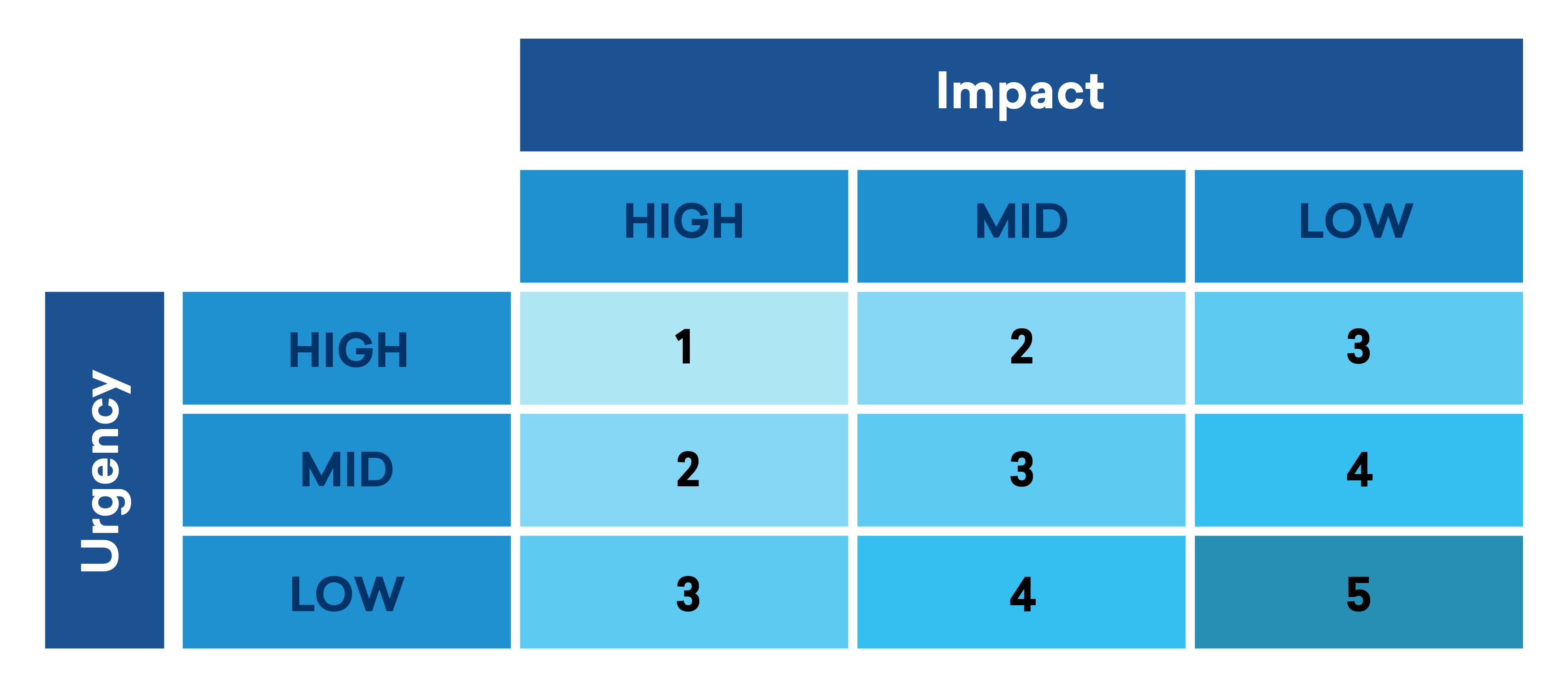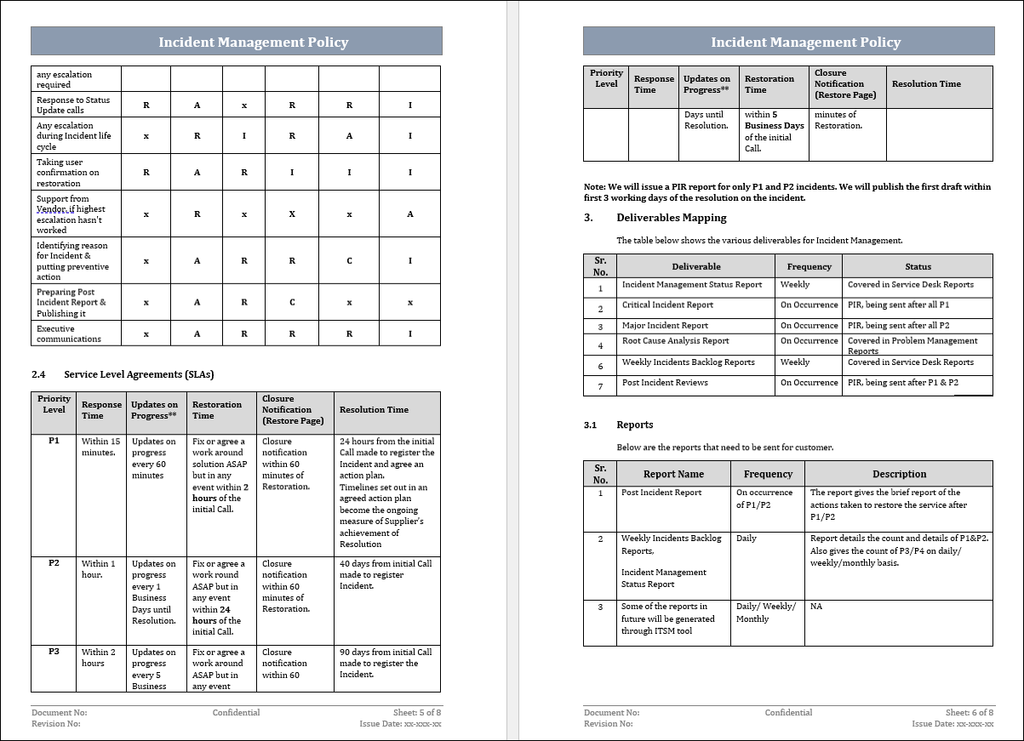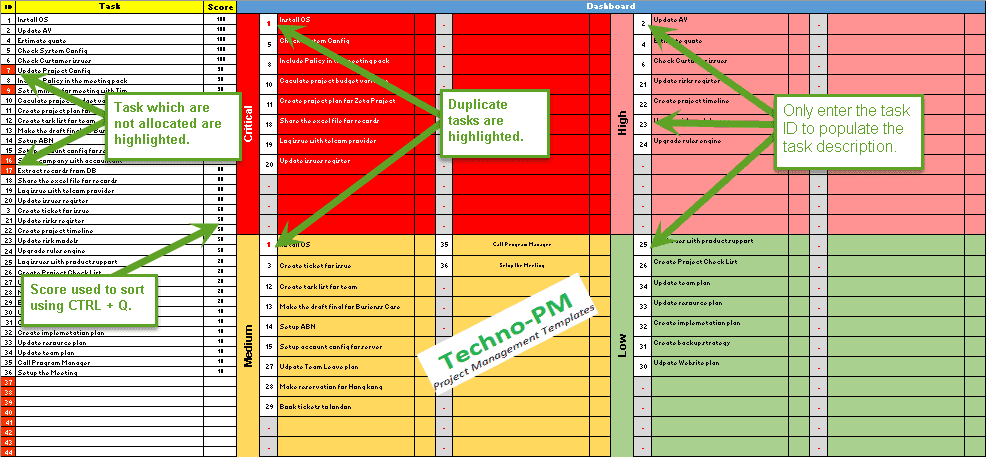

In short, the same thing is done over and over without a means for ending it. Problematic to programming is that it becomes an endless loop of analysis if there is no condition included in the programming to complete the task and end the infinite loop. A "Do Loop" is a set of instructions to "do" specific tasks until a defined condition occurs, wherein the program ends by producing a defined result.

This reduction of time to resolve high-priority incidents will improve IT service availability.Over the course of the last several years, I've noticed that many executives have gotten into what feels like a Fortran programming "Do Loop". Once the highest priority incidents are identified, incident resolving resources can focus their attention on these IT service-impacting incidents to resolve them quickly.

With a standard process in place, established criteria will lead to better prioritization of incidents based on impact and urgency. Having an incident management program will standardize incident handling processes. Why use an ITIL Incident Management Priority Matrix?Īn ITIL incident management priority matrix will lead to higher IT service availability by prioritizing critical incidents and focusing limited resources on resolving them first.

In ITIL incident management, incident ticket priority is determined by using an ITIL incident management priority matrix. Making sure an appropriate priority is assigned to an incident is important for SLAs, response times, and service restorations. Incident response and escalations are based on the incident priority levels assigned. Urgency is how quickly incident resolution is required. The incident impact is the potential financial, brand, or security damage caused by the incident on the business organization before it can be resolved. The ITIL priority definition of the incident is based on the impact and urgency of the issue. What is the priority definition in ITIL Incident Management? This work order of incident tickets is based on the priority assigned to the incident tickets. The work order of incident tickets will need to be determined. For each incident, a ticket is created in a ticketing application such as ServiceNow. Do you have an ITIL incident management priority matrix? Due to Help Desk resource constraints, not all incidents can be worked on simultaneously.


 0 kommentar(er)
0 kommentar(er)
